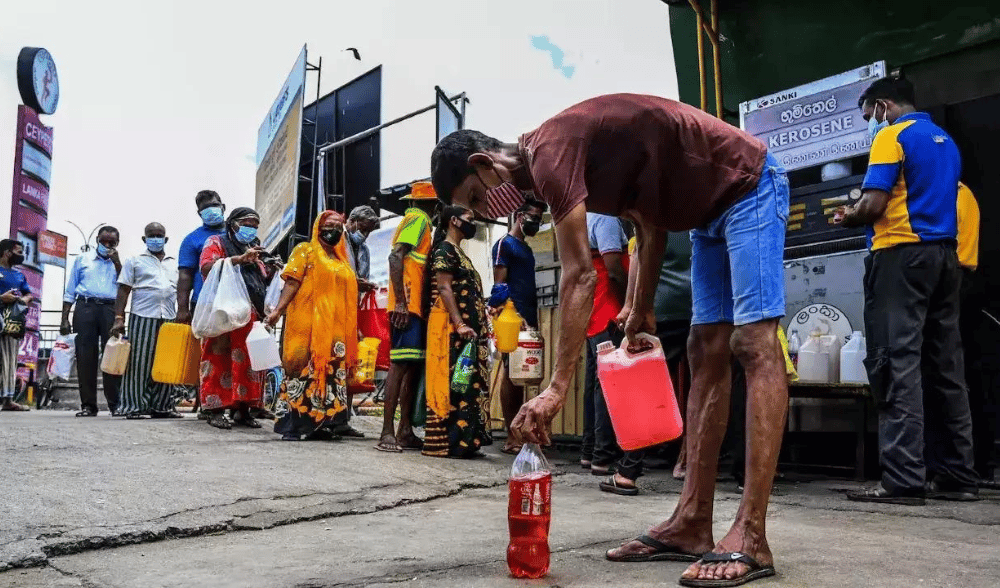SAMANTHA LUNDIN WRITES – Sri Lanka declared bankruptcy in July and its people are starving, as the nation state continues to suffer under its worst economic crisis since gaining independence from the United Kingdom in 1948.
Sri Lanka defaulted more than $51 billion dollars a few months after the Russian invasion of Ukraine. This sent prices of oil, gas, and grain soaring.
A worsening food crisis has risen to affect over 3 million Sri Lankans who are struggling to put food on the table. This is due to two consecutive seasons of poor harvest that led to a 50% drop in food production and problems with grain transport, both of which are expected to worsen going into 2023. Most notably, the main food staple, paddy rice, is at its lowest production level in all 25 districts since severe droughts hit the nation in 2017.
Finally, food inflation reached 94.9% in September, with slight fluctuations in the past two months having caused many families to ration meals. Worse, due to inflation, over 60% of families have had to reduce the number of meals served or cut food portions in half. As a result, home gardens have become prevalent as a means of staving off starvation, but this is not a solution, obviously, for those lacking such resources.
What can be done? The Humanitarian Needs and Priorities Plan, along with other UN agencies, governments and organizations has already raised $79 million; but an additional $70 million is required to reach the $149.7 million needed to help all Sri Lankans. While much of the money must be directed to food assistance, a significant amount must also help support farmers and fishers who hope to revive the food systems that have been most impacted. This plan comes after the World Bank’s 2022 Development Update, which reported that the poverty rate had climbed from 13.1% to 25.6% in one year.
In addition, the HNP Plan focuses on providing nutritional support for the 2.1 million people most vulnerable, including pregnant women and schoolchildren, as well as the need to supply safe drinking water for 900,000 people, and finally, reproductive healthcare for about 867,000 people.
The global food crisis continues to climb at an exponential rate. There are currently 345 million people in 82 countries that face food insecurity, compared to two years ago, when the tally was 135 million people in 53 countries. The people of Sri Lanka can expect this devastation to continue, but the international community must remain steadfast in its efforts to address it.


This is a well-written article that does a good job of summarizing the food crisis in Sri Lanka. However, there are a few factual errors. For example, the author states that “Since the end of the civil war in 2009, food production in Sri Lanka has increased significantly.” This is not accurate. Food production has actually decreased since the end of the civil war. In addition, the author suggests that the government is not doing enough to address the food crisis. This is also not accurate. The Sri Lankan government has been working hard to address the food crisis, and has been successful in reducing the number of people who are food insecure.